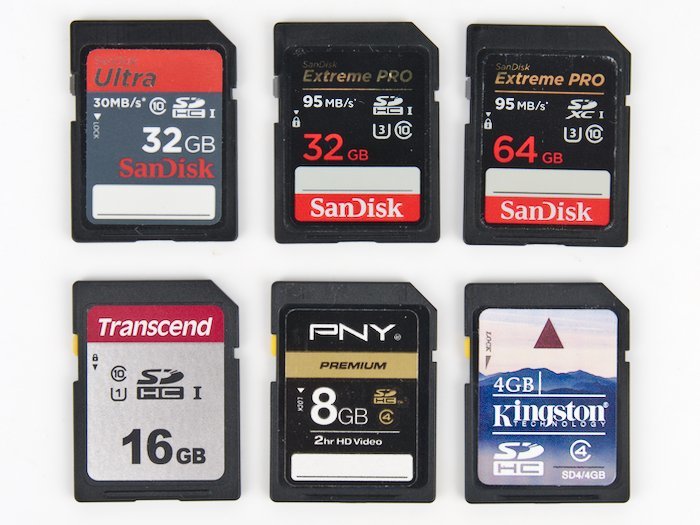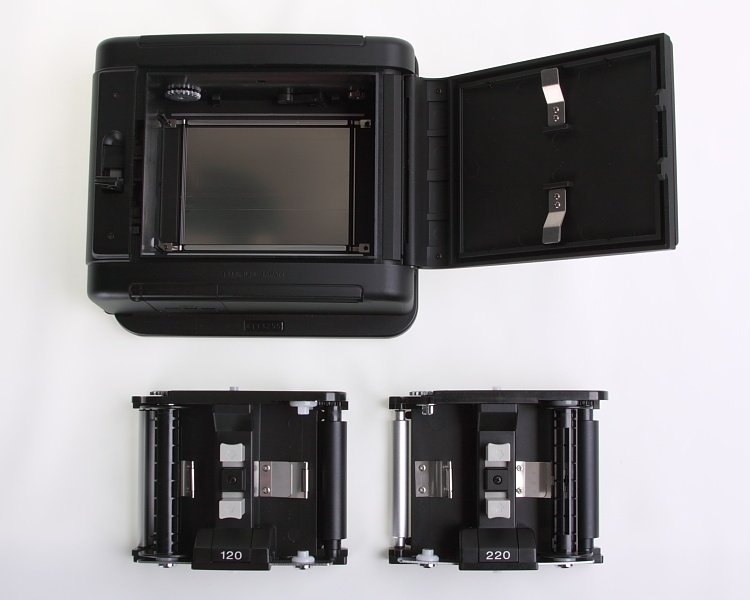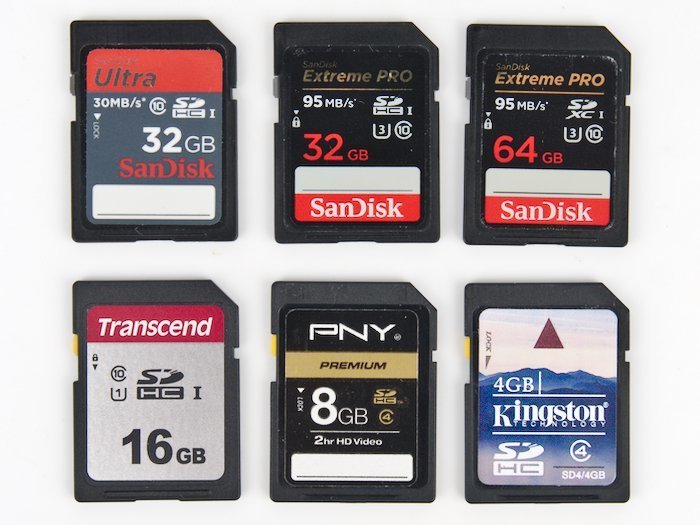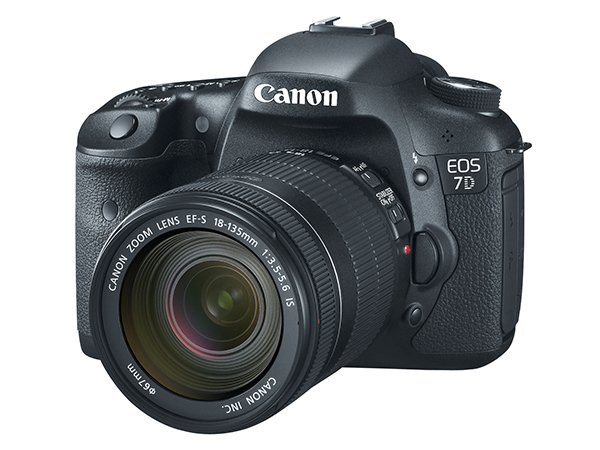
The 8 Best Canon EOS 7D Lenses
- Nathaniel Stephan
- Canon 7 d , Canon aps c , Canon ef s lenses
- September 29, 2022
Table of Contents
This is a list of the best lenses for the Canon EOS Rebel 7D. A variety of focal lengths for several types of photography are covered. Additionally, each choice will have additional alternatives for lower or higher price ranges.
There are plenty of possibilities available that every photographer will be able to discover something they’d want in their camera bag.
Best Canon Rebel 7D Lenses:
Affiliate Advertising Disclosure
Outside the Shot is a participant in the Amazon Services LLC Associates Program, an affiliate advertising program designed to provide a means for sites to earn advertising fees by advertising and linking to Amazon.com.
As an eBay Partner, I may be compensated if you make a purchase. I also participate in affiliate advertising programs with KEH and Adorama. More can be found on the Affiliate Disclosure page.
- Best All-Around Zoom: Canon EF-S 17-55mm f/2.8 IS USM
- Best Telephoto Zoom: Sigma 18-300mm f/3.5-6.3 DC OS
- Best Prime Lens: Canon EF 50mm f/1.8 STM
- Best Lens for Video: Canon EF-S 10-18mm f/4.5-5.6 IS STM
- Best Lens for Portraits: Canon EF 85mm f/1.8 USM
- Best Lens for Sports & Wildlife: Tamron SP 150-600mm f/5-6.3 Di VC USD G2
- Best Lens for Landscapes: Canon EF 20mm f/2.8 USM
- Best Lens for Macro: Canon EF-S 60mm f/2.8 Macro USM
Best All-Around Zoom Lenses
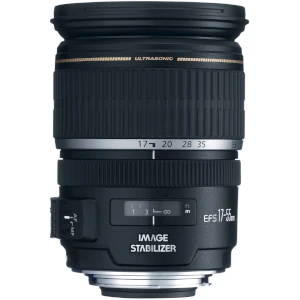
Canon EF-S 17-55mm f/2.8 IS USM: The lens was meant for APS-C sensors which can use the EF-S mount and has the construction quality almost like Canon’s full-frame L-series. It is a big step up from the zoom lens included with the EOS Rebel 7D.
The large maximum aperture is constant through the entire zoom range allowing for a shallow depth of field and spectacular background blur. Camera shake is reduced thanks to built-in image stabilization.
If you needed to narrow down all the Canon lenses obtainable to a single one to use on your camera, this is going to be the best choice.
See current price and more information on:
Sigma 17-50mm f/2.8 EX DC OS HSM FLD: Image stabilization means you can capture tack sharp images up to 4 stops slower than without stabilization. With the fast aperture and very usable zoom range, the lens is suitable for all kinds of photography from landscapes to portraits.
Based on outstanding customer reviews, owners love this lens. It could end up permanently mounted to your camera.
See current price and more information on:
Canon EF-S 15-85mm f/3.5-5.6 IS USM: This has an equivalent zoom of 24-136mm in full frame, making it an excellent pick to leave on the camera for everyday photography. Additionally it is cited as one of the most desirable selections for a single travel lens.
See current price and more information on:
Best Telephoto Zooms
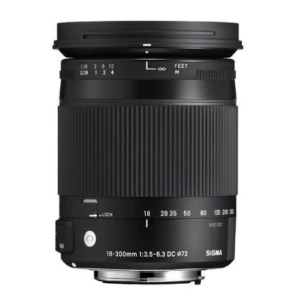
Sigma 18-300mm f/3.5-6.3 DC OS: This is like having three zoom lenses put together together. The 16.6x zoom ratio means everything from wide angle to telephoto are covered. Built with 13 groups containing 17 elements, four of which are FLD and 1 SLD element, means it is possible to take high-quality, sharp crisp photographs, without having to worry about optical imperfections.
The huge zoom span does have the price of being somewhat large and heavy. Other options that can be more comfortable to spend a day lugging around in combination with the Canon EOS Rebel 7D.
See current price and more information on:
Canon EF-S 18-200mm f/3.5-5.6 IS: This is an example of a lightweight and very compact lens that is still equipped with a large zoom range. With 4 stops of image stabilization it is a product that gives superb overall performance at a cost-effective price. This will be the lens to get to avoid unwanted size and weight.
See current price and more information on:
Canon EF 75-300mm f/4-5.6 III: Smaller sized and lighter weight than the other recommendations mentioned earlier, which is an important consideration if you do not want to carry a hefty kit. The focal length is equivalent to 120-to-480mm on a Canon APS-C sensor.
It is additionally more inexpensive, because it doesn’t have built-in image stabilization. This lens works best outside with ample amounts of ambient light.
See current price and more information on:
Best Primes
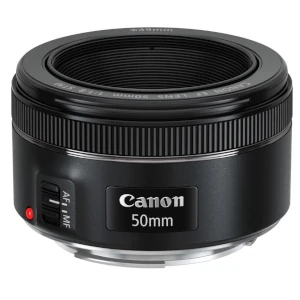
Canon EF 50mm f/1.8 STM: Excellent image quality in a portable and lightweight build that’s one of the top lenses manufactured by Canon. The large f/1.8 aperture makes this timeless focal length a good choice for photography in low light. It has a role in every camera kit and is an absolute must have for the majority of photographers.
Avoid buying the previous version due to the fact the focusing motor is sluggish and loud. If you attempt to save a bit of money, you will likely not care for the result. This is doubly true if you are going to record video with the camera.
See current price and more information on:
Canon EF-S 24mm f/2.8 STM: Of all the lenses engineered for the EF-S mount, this is the thinnest and most compact. This wide angle is known as a “pancake” on account of the petite size, making it the ultimate choice for travel photography. It has the ability to capture photos at a minimum of 6 inches (16 cm).
See current price and more information on:
Sigma 35mm F1.4 Art DG HSM: An impressive example of what the latest optical engineering is able to produce. It captures sharp photographs from corner to corner, even when shot wide open. The hyper-sonic motor (HSM) provides quiet, accurate, and fast autofocus.
See current price and more information on:
Best Video & Vlogging Lenses
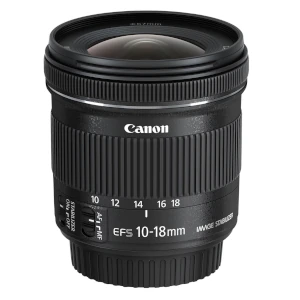
Canon EF-S 10-18mm f/4.5-5.6 IS STM: Out of all the lenses for Canon, this is the most appropriate option for video. The ultra-wide-angle zoom range is ideal for vlogging and creating videos. A stepping motor (STM) allows for smooth and dependable autofocus that does not make any noise which can ruin audio. Furthermore, it is compact and light weight enough to not become burdensome while mounted on the Canon EOS Rebel 7D.
You may also purchase it with the Canon 50mm f/1.8 STM in the portrait and travel two-lens kit. The kit is a great option if you want to get 2 of Canon’s best lenses, while at the same time saving some money.
See current price and more information on:
Tokina AT-X 116 PRO DX-II 11-16mm f/2.8: The one-touch focus clutch makes it simple to quickly switch from MF to AF without moving your hand off the focusing ring. With a large f/2.8 aperture this lens also can be an effective way to get started with astrophotography.
See current price and more information on:
Sigma 10-20mm f/3.5 EX DC HSM ELD SLD: Here is another wide-angle zoom lens that is jam packed with optical innovation. The internal focusing system allows the use of a petal-type hood that typically will do a superior job of preventing flare than a standard hood. Silent functionality is guaranteed by a HSM (hyper sonic motor).
See current price and more information on:
Best Lenses for Portrait Photography
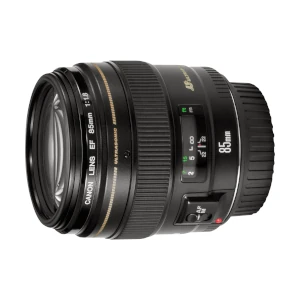
Canon EF 85mm f/1.8 USM: Many would consider this the most commonly used lens for portraits built by Canon. The fast f/1.8 aperture works well for photography in low light and has the potential to create a shallow depth of field, with eye-catching bokeh, to separate the subject. This should be a requirement for wedding photographers.
See current price and more information on:
Sigma 50mm F1.4 Art DG HSM: A professional quality lens that definitely is a good pick for portraits along with studio work, street, and landscape. There is hardly any distortion or vignetting and it is incredibly sharp from corner to corner, even when shot wide open.
See current price and more information on:
Canon EF 100mm f/2 USM: Similar to the Canon 85mm f/1.8, but is built with a "" longer focal length. Like the other two lenses mentioned, it’s ideal for low-light shooting in a streamlined body that is easy to manage.
This lens is not currently being manufactured, so finding a new one could be difficult. You can still find plenty of used copies available. Check several sites to get the best price.
See current price and more information on:
Best Sports & Wildlife Lenses
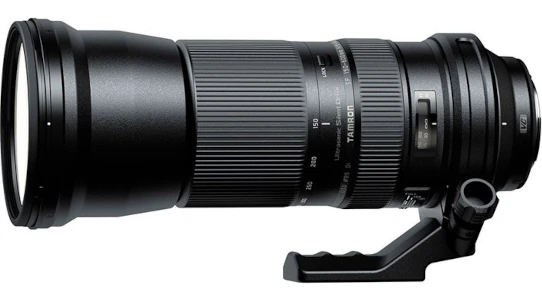
Tamron SP 150-600mm f/5-6.3 Di VC USD G2: This 2nd gen lens is a big advancement from Tamron. Image quality level has gotten much better across the complete zoom range while still having a very good construction quality. Very fast and precise autofocus system is controlled by an ultrasonic silent drive motor. With this mounted on your camera, you’ll find you experience no problems taking excellent action or wildlife photos.
See current price and more information on:
Sigma 150-600mm f/5-6.3 Contemporary DG OS HSM: The Sigma offers a light and portable construction for a telephoto zoom lens. In addition to the hyper sonic motor and optical stabilization, there is a built-in accelerometer in order to improve photos when panning. As an additional bonus, there’s usually a promotional offer that features additional items along with free shipping if you purchase the lens. That’s fantastic seeing as free camera gear is almost impossible to turn down.
See current price and more information on:
Canon EF 100-400mm F4.5-5.6L IS II USM: Without a doubt, this lens has much better photo performance than the other 2. With that in mind, top quality performance comes with a hefty cost that is significantly bigger than that of the camera. Among the excellent features of this lens is a rotation-type zoom ring that has configurable torque control allowing the lens to be set up to your personal taste.
See current price and more information on:
Best Lenses for Landscape Photography
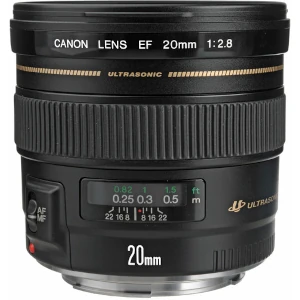
Canon EF 20mm f/2.8 USM: Tipping the scales at only 405g (14.3 oz), this lens is a wide focal length that is still small and lightweight. There is a manual focus override, even when set to AF, that makes it less difficult to achieve critical focus. If you are thinking about taking the Rebel 7D with you on hikes, this is an outstanding choice as it is going to fit into nearly every camera bag.
See current price and more information on:
Samyang 14mm f/2.8 IF ED UMC: This is a cheaper ultra-wide lens with an integrated petal-type hood. An outstanding choice for not just purely landscape photography but as well as for real estate and astrophotography. Images can be captured as close as 10.8 inches (14 cm), but the results will have exaggerated distortion effects.
See current price and more information on:
Sigma 20mm f/1.4 DG HSM Art: With a professional construction quality, the 20mm is the widest angle lens Sigma sells in the Art series. Built with 11 groups having 15 elements with a 5 Special Low Disperson and a Low Dispersion glass element, axial chromatic aberration, spherical aberration, and field curvature are pretty much entirely gone.
It is a noticeably heavy and large hunk of glass. Don’t anticipate it to be well balanced on the camera.
See current price and more information on:
Best Canon Lenses for Macro
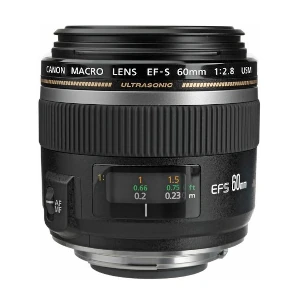
Canon EF-S 60mm f/2.8 Macro USM: The first to be designed for the EF-S mount, it is a actual macro lens, capable of achieving 1x magnification. The front element does not turn during focusing, as the lens features an internal focusing. You will appreciate the razor sharp images created by this lens. It’s an excellent pick to use on the EOS Rebel 7D on account of the value and compact size being difficult to match.
See current price and more information on:
Canon EF 100mm f/2.8L Macro IS USM: With internal focusing and image stabilization, it is plain to see why this is a top of the line pro L-series lens. It is a great choice to bring out into the field because it is weather sealed. Obtain this lens and you’ll not need to go looking for an alternative.
See current price and more information on:
Tamron AF 90mm f/2.8 Di SP A/M 1:1 Macro: With a terrific working distance and recessed front element, you’ll most likely never want to make use of the lens hood. Having said that, it does not have an internal focusing system, so the lens will extend when focusing on close subjects.
A further possible limitation if you desire to use it as a portrait lens is that there’s no built-in optical stabilization. Working with flash will stop that from being an issue.
See current price and more information on:
